När och hur man använder odlingslampor
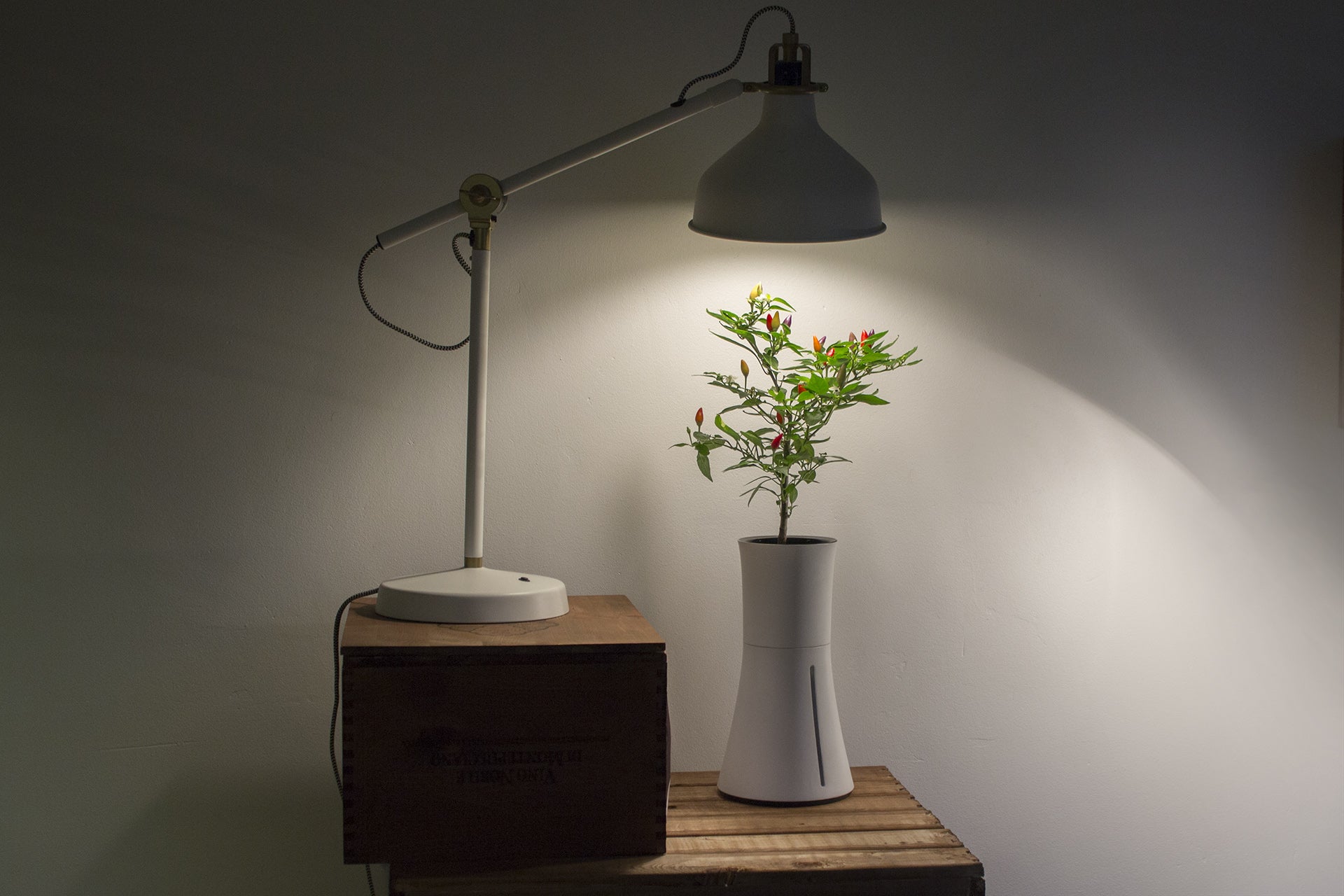
I den här omfattande guiden kommer vi att utforska den fascinerande världen av artificiellt ljus för trädgårdsarbete inomhus, speciellt med fokus på vikten av ljus, de olika typerna som finns tillgängliga och hur du optimerar dina växters tillväxt. Är konstgjorda ljus nödvändiga och i så fall vilka ska du använda? Vad sägs om de rosa "grow lights" som har blivit populära de senaste åren? Låt oss fördjupa oss i dessa frågor och mer.
Ljusets roll i växttillväxt
Växter har utvecklats för att förlita sig på naturligt solljus för att växa. När du odlar växter inomhus är det vanligtvis tillräckligt att placera dem vid ett fönster, om du inte odlar under vintermånaderna i de norra eller södra regionerna. Men hur mycket dagsljus räcker?
Det är svårt att generalisera, eftersom det beror på årstid, var i världen du bor, hur fritt ditt fönster är från byggnader och träd etc.
Tänk på att individuella växtkrav kan variera. Om du vill odla utan lampa är det bäst att placera den i ett soligt fönster. Bara en byggnad som är för nära ditt fönster kan skugga dina växter för mycket!
Men av vår erfarenhet, om du har mindre än 12 timmars dagsljus, är någon form av artificiellt ljus nödvändigt. Du kan kolla här hur mycket dagsljus du har där du bor: https://www.timeanddate.com/sun/
Denna "regel" förutsätter att du vill att din planta ska växa och bli större; om du bara vill att den ska överleva kanske du inte behöver en lampa. I den här artikeln kommer vi dock att fokusera på att odla örter, grönsaker och grönsaker från frön, vilket kräver energi!
Observera att UV-ljus eller värmelampor är otillräckliga; endast synligt ljus räcker.
Ljusbehov beror på typ av växt
Att förstå de specifika ljuskraven för ätbara växter är avgörande för framgångsrik trädgårdsarbete inomhus. Ätliga växter kan kategoriseras i tre grupper baserat på deras ljusbehov:-
Högljus ätbara växter: Dessa växter behöver starkt, direkt solljus. Placera dem nära ett fönster som vetter mot söder eller sydväst eller använd kompletterande artificiell belysning.
Exempel: Tomater, paprika, aubergine, gurka, jordgubbar -
Medium Light ätbara växter: Dessa växter föredrar starkt, indirekt ljus eller filtrerat solljus. Placera dem nära ett fönster som vetter mot öster eller väster eller längre bort från ett fönster i söderläge.
Exempel: bladgrönt (sallat, spenat), örter (basilika, persilja, koriander), haricots verts, ärtor, rädisor -
Ätliga växter med lågt ljus: Ett fåtal ätbara växter kan tolerera lägre ljusförhållanden men behöver fortfarande indirekt ljus. Placera dem nära ett fönster som vetter mot norr eller i ett rum med omgivande ljus.
Exempel: Microgreens, groddar, vissa örter (mint, gräslök), bladgrönsaker (grönkål, mangold - långsammare tillväxt)
Identifiera rätt sorts ljus för dina växter
Du kanske har stött på de lamporna som avger ett rosa ljus från röda och blå lysdioder, vanligtvis kallade "växtljus". Dessa lampor är designade utifrån förståelsen att växter inte använder alla ljusets våglängder lika. Forskning visar att klorofyll i växtceller huvudsakligen är beroende av röda och blå våglängder i det synliga ljusspektrumet, vilket är anledningen till att bladen ser gröna ut och reflekterar det gröna ljuset istället för att absorbera det!
Medan växter övervägande använder rött och blått ljus, behöver de också andra delar av spektrumet, som grönt och gult, för optimal tillväxt.
Vi har odlat chili, basilika och andra ätbara produkter inomhus i åratal och funnit att vitt ljus från lysrör, lysdioder eller lågenergilampor är mer effektivt än "röda och blåa växtljus". Dessa lampor ger ett brett spektrum, vilket säkerställer att dina växter får alla nödvändiga våglängder.
Dessutom är vitt ljus generellt sett mer estetiskt tilltalande än rött och blått "disco"-ljus! Undvik glödlampor, eftersom de producerar mer värme än ljus. För inomhusodling vill du ha en lampa som genererar gott om vitt ljus.
Utforska olika belysningsalternativ: lysrör, lågenergilampor och lysdioder
Lysrör och lågenergilampor är pålitliga, prisvärda och lättillgängliga. Även om de håller länge, har de inte samma livslängd som lysdioder. Att jämföra olika lampor är enkelt, eftersom de vanligtvis har liknande spektrum. De finns i "varmt ljus" och "kallt ljus" varianter, och båda alternativen kommer att räcka för växttillväxt.
Håll det enkelt med en kraftfull lampa, som en 20-watts CFL för en enda botaniumväxt eller en 100-watts T5-lysrör för flera växter.
LED
Lysdioder är framtiden för trädgårdsskötsel inomhus. De är mindre, håller längre och blir allt effektivare än lysrör. De är också mer miljövänliga, eftersom de inte innehåller kvicksilver. Medan LED-lampor som marknadsförs som "odlingslampor" kan vara dyrare, behöver du dem inte nödvändigtvis för framgångsrik växttillväxt. En 15-watts LED-lampa är lämplig för en liten botaniumväxt.
Om du gillar gör-det-själv-projekt kan du bygga en kraftfull, prisvärd LED-lampa för en bråkdel av priset. Webbplatser som Ledgardener.com erbjuder DIY-guider för detta ändamål.

Detta Botanium odlingsljus ger mer än tillräckligt med ljus som behövs när man odlar i en Botanium. Handla här
Optimera ljusexponering: timing och avstånd
Genom att använda en enkel timer ansluten till uttaget, se till att din lampa lyser i minst 12 timmar per dag. Placera ljuset så nära växten som möjligt utan att röra den, eftersom ljusets intensitet minskar snabbt med avståndet. För att vara exakt leder en fördubbling av avståndet till att bara en fjärdedel av ljuset når växten.
För att främja sund tillväxt, rotera dina plantor då och då för att säkerställa att alla sidor får lika ljusexponering. Detta hjälper till att förhindra ojämn tillväxt eller att växter lutar sig mot ljuskällan. Det är också viktigt att övervaka dina växter för tecken på stress, såsom gulnade löv eller långsträckta stjälkar, vilket kan indikera att justeringar av ljuskällan eller varaktigheten är nödvändiga.
Tänk också på värmen som avges av din ljuskälla. Medan lysdioder producerar mindre värme än andra alternativ, är det viktigt att se till att dina växter inte blir överhettade, vilket kan leda till vissning eller andra negativa effekter på tillväxten. Håll en behaglig temperatur för dina växter genom att övervaka rummets klimat och göra justeringar efter behov.
Hur vet jag om jag har tillräckligt med ljus?
Att avgöra om dina inomhusväxter får tillräckligt med ljus kan vara lite av en utmaning, särskilt för nybörjare. Men genom att observera dina växters tillväxt och beteende kan du få insikt i deras belysningsbehov. I det här avsnittet kommer vi att diskutera några nyckelindikatorer för att hjälpa dig att avgöra om dina växter får tillräckligt med ljus och hur du kan lösa eventuella problem.
Observera växternas tillväxt och utseende:
Friska växter kommer att visa robust tillväxt och kompakta tillväxtmönster. Om dina växter kämpar för att växa eller utvecklar långa, spinniga stjälkar, är det troligt att de inte får tillräckligt med ljus. Detta fenomen, som kallas "etiolation", uppstår när växter sträcker sig mot ljuskällan för att maximera exponeringen, vilket resulterar i svag och benig tillväxt.
Undersök bladens färg och storlek:
När växter får otillräckligt ljus kan de producera mindre blad eller utveckla blekt, gulgrönt bladverk. Denna missfärgning, känd som kloros, uppstår på grund av otillräckligt ljus för klorofyllproduktion. I vissa fall kan löv till och med falla av växten, vilket signalerar ett allvarligare problem med ljustillgänglighet.
Övervaka blomning och fruktsättning:
Otillräckligt ljus kan också påverka en växts förmåga att blomma och producera frukt. Om dina växter inte blommar eller fruktar trots att de uppfyller alla andra krav, såsom korrekt vattning och gödsling, kan otillräckligt ljus vara boven.
Om plantor dör inom några veckor
Fröplantor är särskilt känsliga för svagt ljus, eftersom de inte har mycket energireserver och behöver utnyttja det tillgängliga ljuset så snart de kan. Om du har planterat frön och dina plantor dör inom några veckor, är det troligtvis på grund av otillräckligt ljus.
Slutsats
För att sammanfatta, när du har mindre än 12 timmars dagsljus per dag och odlar växter från frön, välj LED-, lysrörsbelysning eller CFL-belysning. Använd vitt ljus och placera det nära dina växter i 12 timmar per dag. Kom ihåg att övervaka dina växters hälsa och rotera dem då och då för jämn tillväxt. Genom att följa dessa riktlinjer kommer du att vara på god väg att vårda en blomstrande inomhusträdgård med hjälp av artificiellt ljus.
Lycka till med att växa!


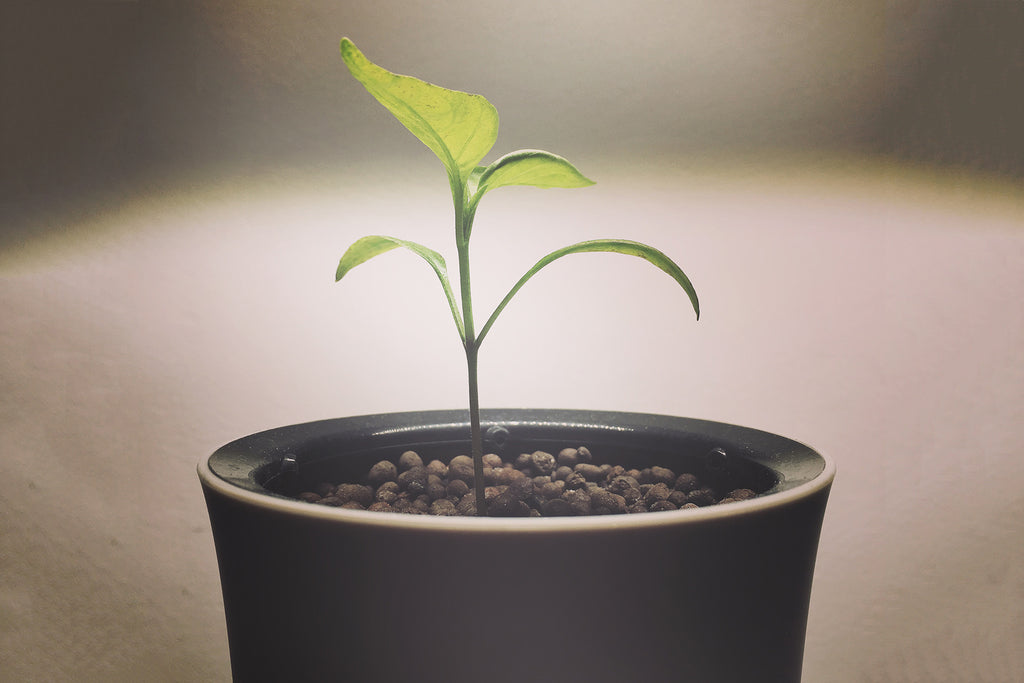
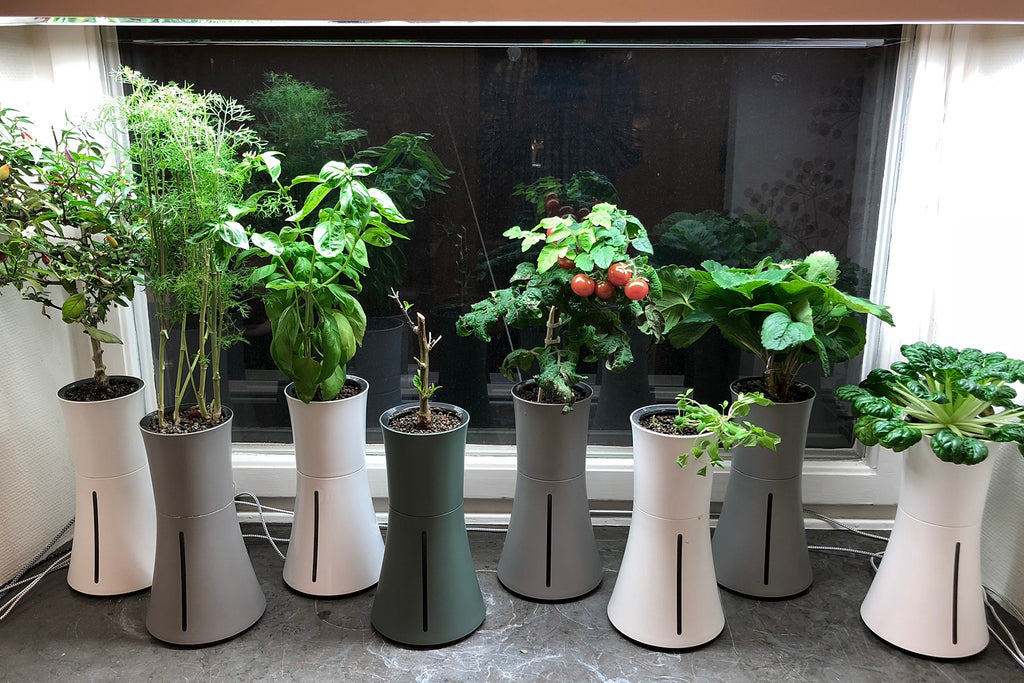
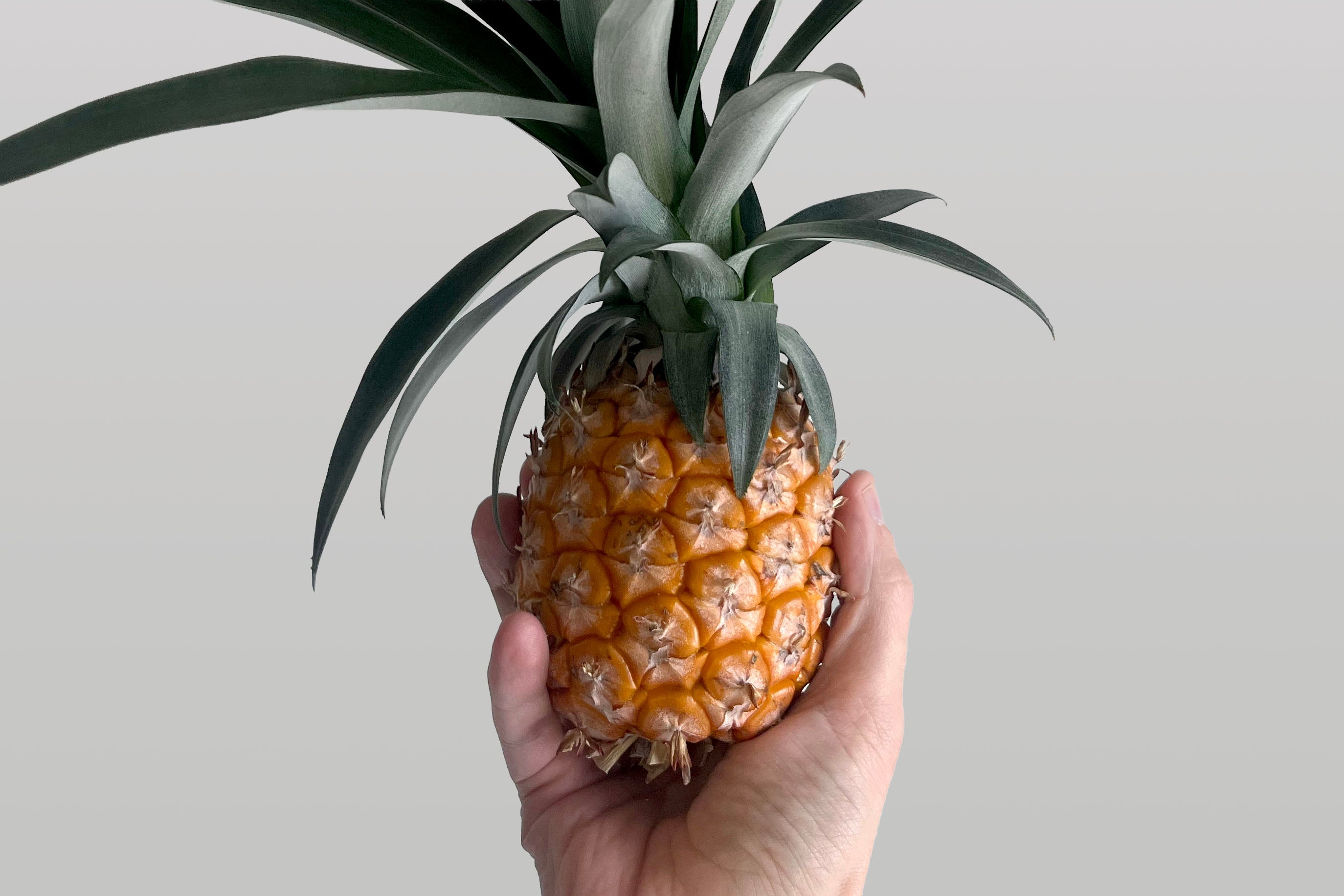
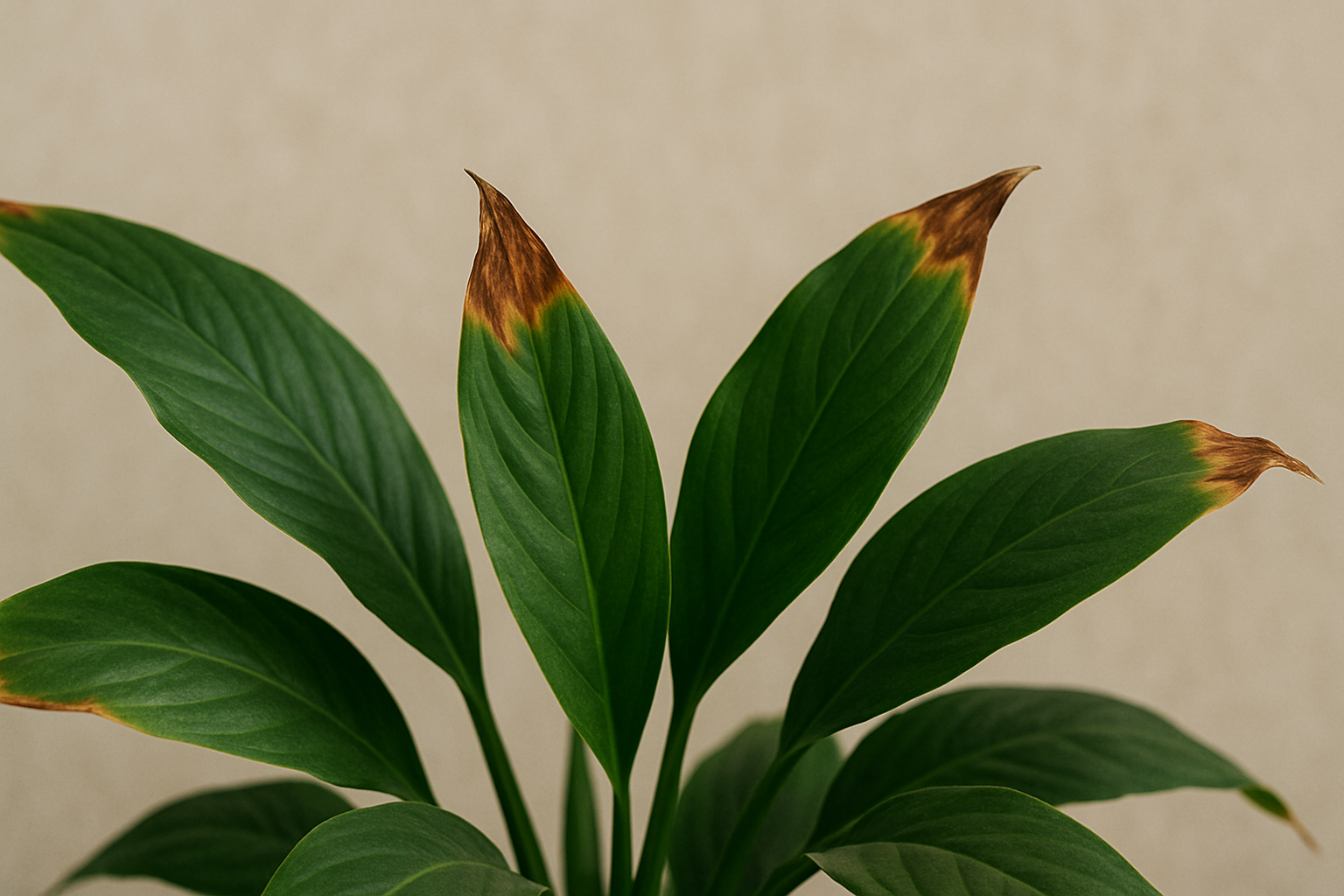
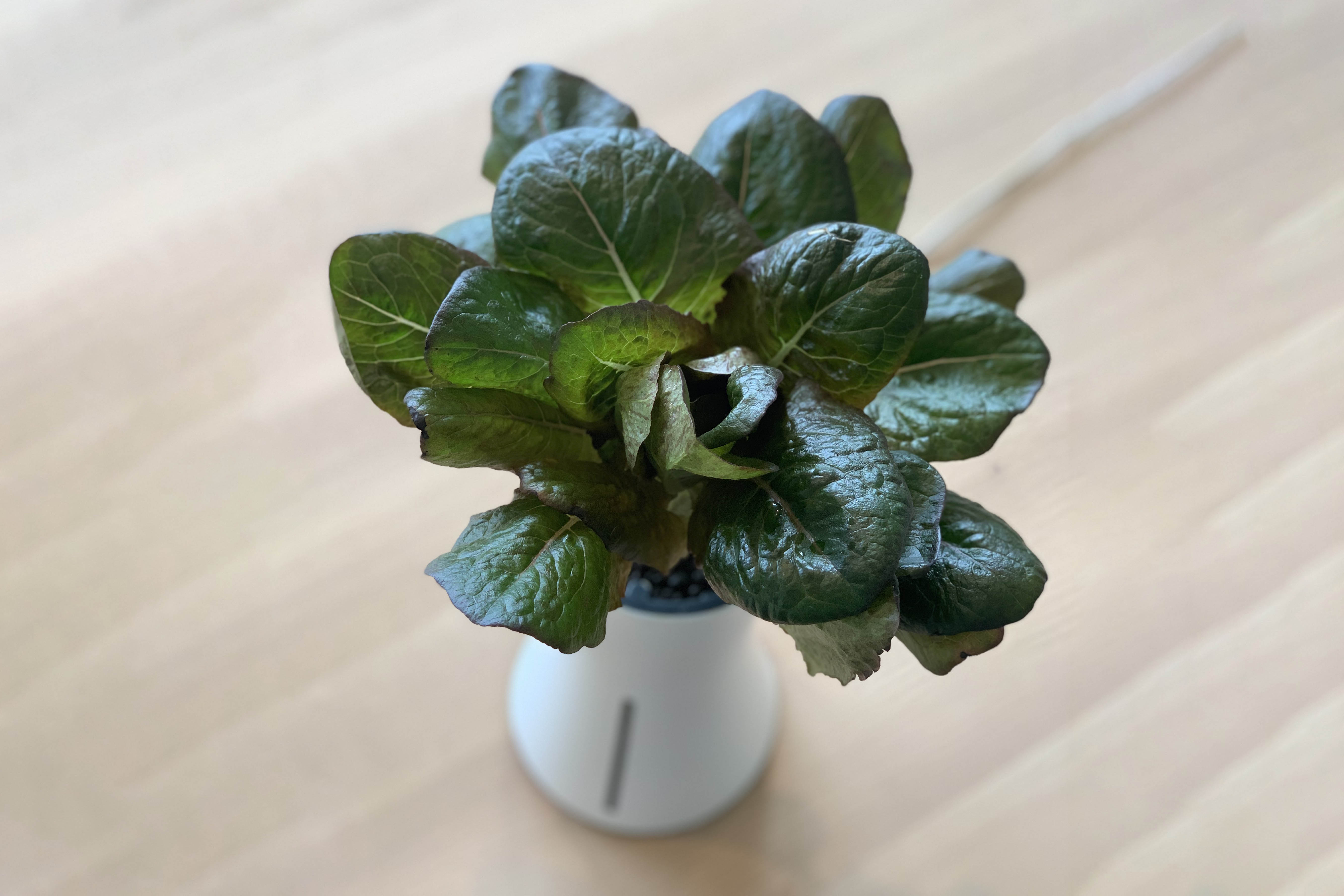
Lämna en kommentar